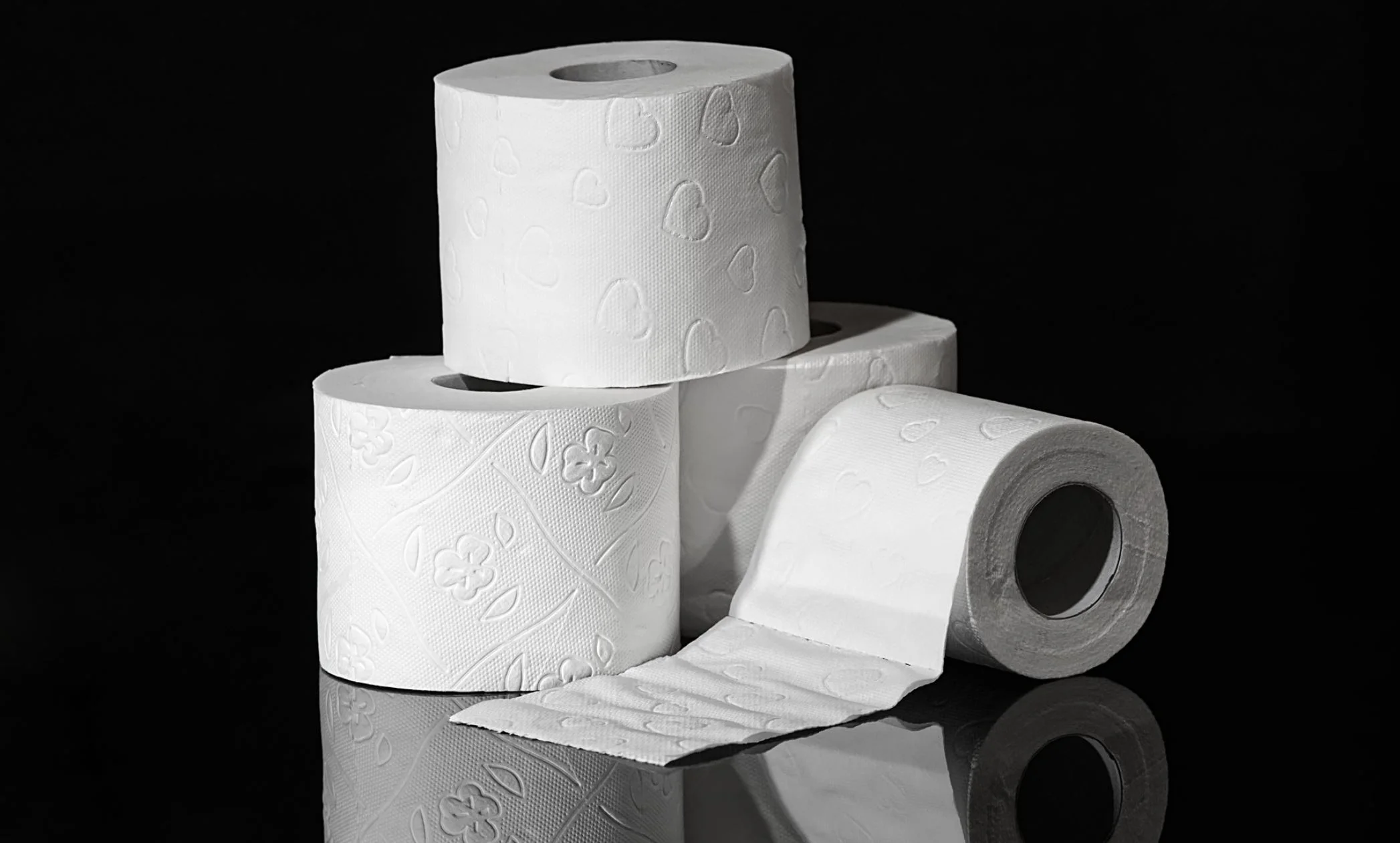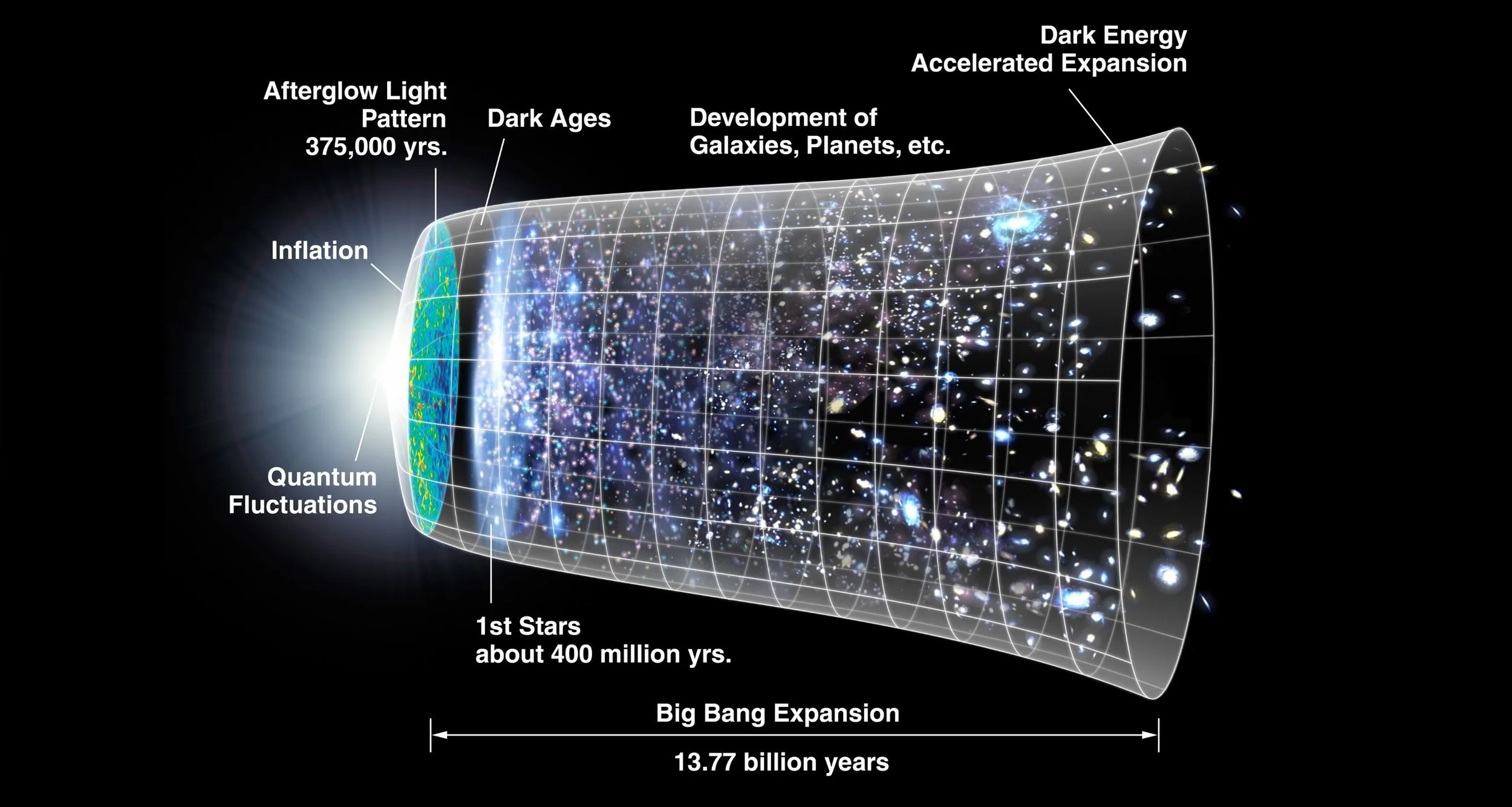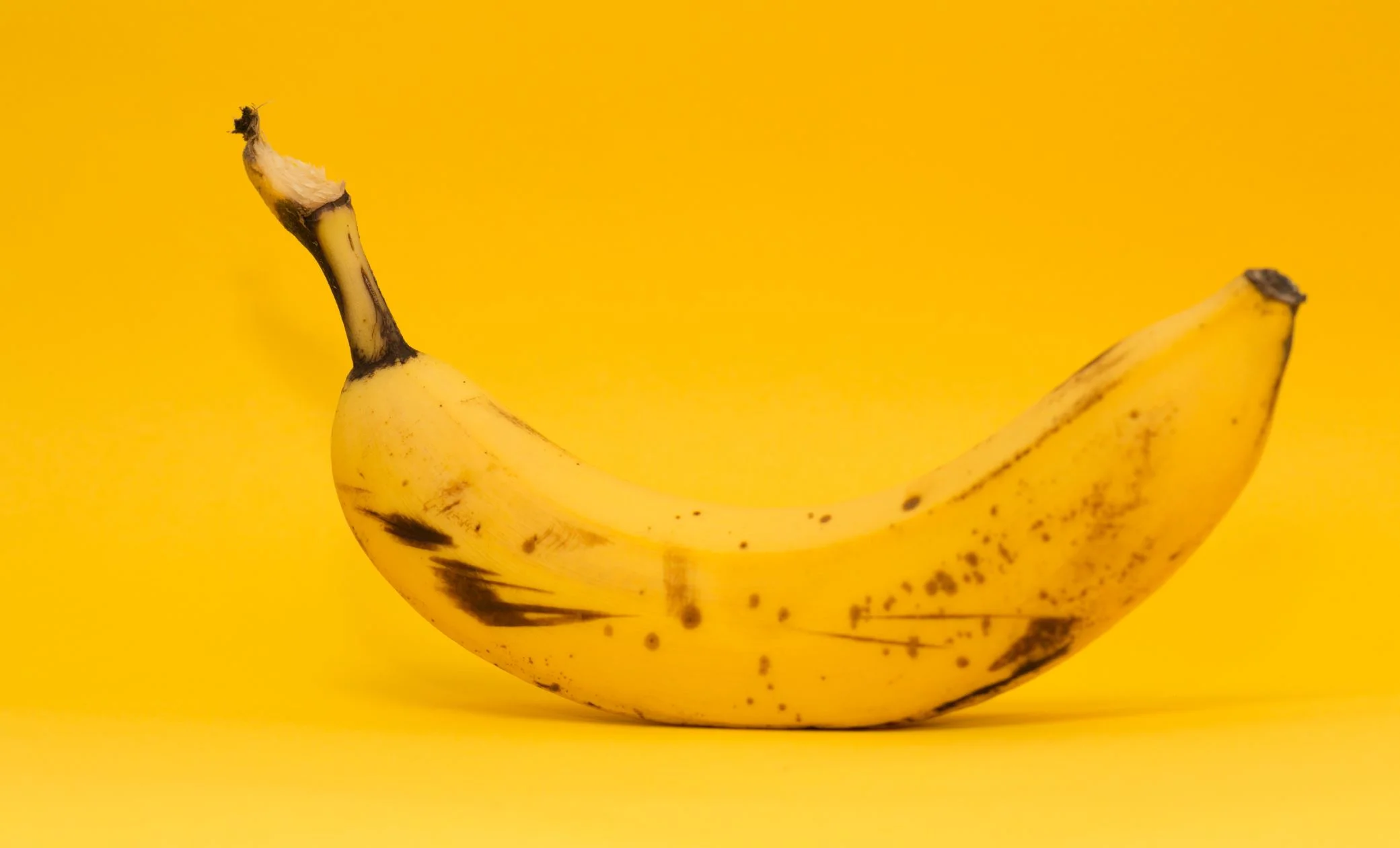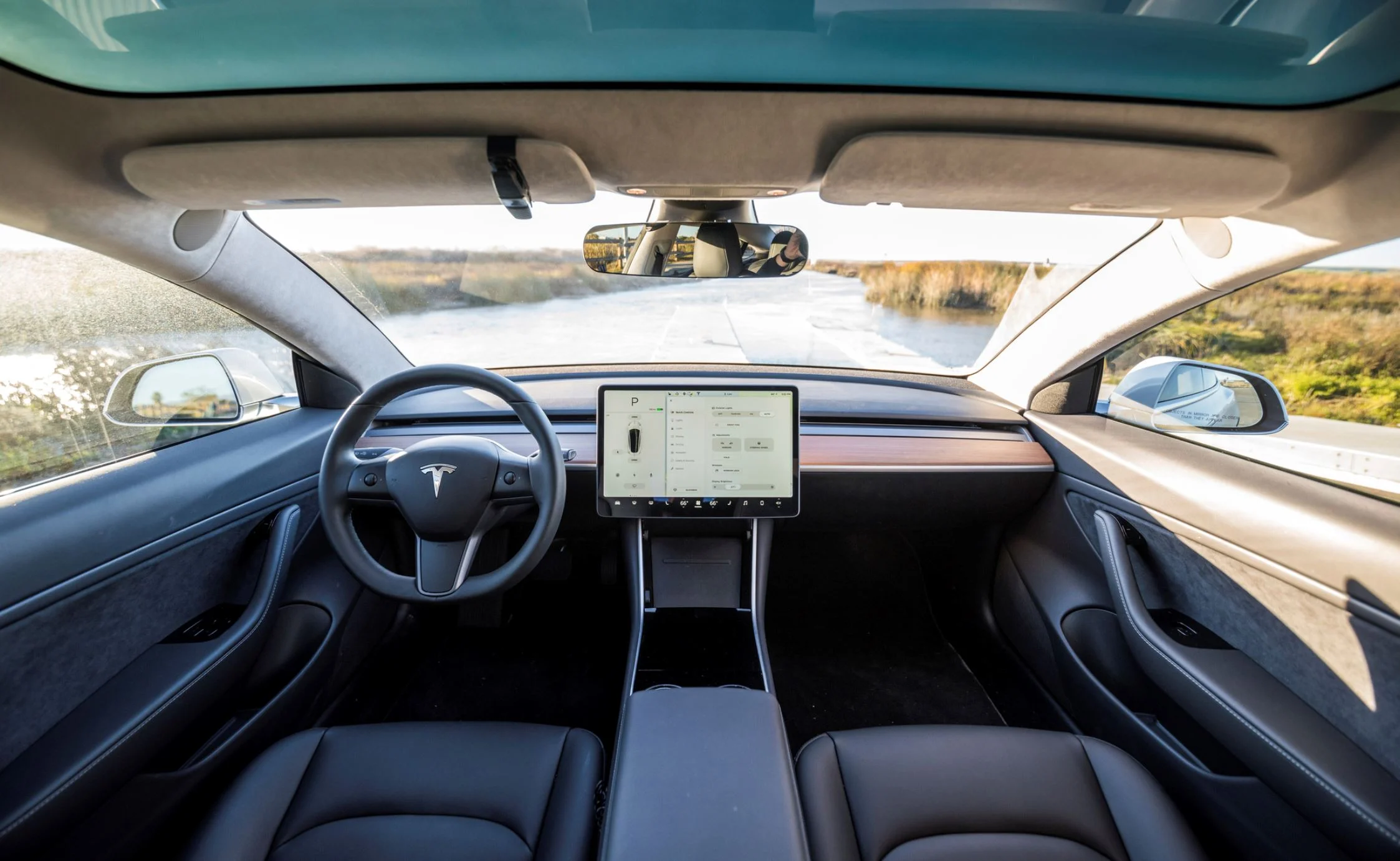Most people have experienced being blocked up from time to time, whether it’s while travelling, after taking painkillers, or when you’ve let your diet go.
Before the Big Bang
The quest to save the banana from extinction
Panama disease, an infection that ravages banana plants, has been sweeping across Asia, Australia, the Middle East and Africa. The impact has been devastating. In the Philippines alone, losses have totalled US$400m. And the disease threatens not only the livelihoods of everyone in this US$44 billion industry but also the 400m people in developing countries who depend on bananas for a substantial proportion of their calorie intake.
The World’s Biggest Aircraft – the Rocket-Launching Stratolaunch – Completes its First Test Flight
In 2011, Microsoft co-founder Paul G. Allen and Scaled Composites founder Burt Rutan announced the creation of Stratolaunch Systems. With the goal of reducing the associated costs of space launches, the company set out to create the world’s largest air-launch-to-orbit system. After many years, these efforts bore fruit with the unveiling of the massive Scaled Composites Model 351 Stratolaunch air carrier in the Summer of 2017.
The Universe’s First Type of Molecule Is Found at Last
The first type of molecule that ever formed in the universe has been detected in space for the first time, after decades of searching. Scientists discovered its signature in our own galaxy using the world’s largest airborne observatory, NASA’s Stratospheric Observatory for Infrared Astronomy, or SOFIA, as the aircraft flew high above the Earth’s surface and pointed its sensitive instruments out into the cosmos.
Curious Kids: what would happen if the sun exploded?
The sun is a star, and when a star explodes it’s called a supernova. These types of explosions are very bright, and very powerful. They release lots of dust into space, which is used to make more stars and planets. Our solar system was made using stuff from these explosions. Even humans are made of star stuff!
NASA's Cassini Reveals Surprises with Titan's Lakes
Incredible explosion on Jupiter-sized star ten times more powerful than ever seen on our Sun
Curiosity has Finally Sampled a Clay-Rich Region on Mars
It’s hard to believe that MSL Curiosity has been on Mars for almost seven years. But it has, and during that time, the rover has explored Gale Crater and Mt. Sharp, the central peak inside the crater. And while it has used its drill multiple times to take rock samples, this is the first sample it’s gathered from the so-called ‘clay unit.’
NASA Wants to Send a Low-Cost Mission to Explore Neptune’s Moon Triton
In the coming years, NASA has some bold plans to build on the success of the New Horizons mission. Not only did this spacecraft make history by conducting the first-ever flyby of Pluto in 2015, it has since followed up on that by making the first encounter in history with a Kuiper Belt Object (KBO) – 2014 MU69 (aka. Ultima Thule).
Health check: can caffeine improve your exercise performance?
Meteoroid Strikes Eject Precious Water From Moon
Here’s why electric cars have plenty of grunt, oomph and torque
The Closest Star to the Sun, Proxima Centauri, has a Planet in the Habitable Zone. Life Could be There Right Now!
In August of 2016, astronomers from the European Southern Observatory (ESO) announced the discovery of an exoplanet in the neighboring system of Proxima Centauri. The news was greeted with consider excitement, as this was the closest rocky planet to our Solar System that also orbited within its star’s habitable zone. Since then, multiple studies have been conducted to determine if this planet could actually support life.
SpaceX Does it Again with Second Retrieval of Falcon Heavy Rocket
SpaceX has made some amazing accomplishments in the past few years, all of which have been in keeping with Elon Musk’s promise to cut the costs of space exploration. And with all the excitement surrounding the Starship Hopper and its first hop tests, there was one very important accomplishment that seems to have faded into the background a little.
Does a year in space make you older or younger?
A user’s guide to self-driving cars
You may remember the cute Google self-driving car. In 2014, the tech giant announced their brand-new prototype of what the future of transportation might one day look like. If you wish you could drive one today, you are out of luck. The design was unfortunately scrapped in 2017. But don’t worry, what happened didn’t make a dent in the plan of introducing the world to self-driving cars, I mean autonomous cars, driverless cars, automated vehicles or … robot cars?
How our sense of taste changes as we age
Flying cars could cut emissions, replace planes, and free up roads – but not soon enough
When Chitty Chitty Bang Bang was released 50 years ago, flying cars were a flight of fancy. Now, these futuristic vehicles are entering the outer fringes of reality. According to a new study published in Nature, for some journeys flying cars could eventually be greener than even electric road cars, cutting emissions while also reducing traffic on increasingly busy roads.














